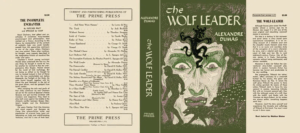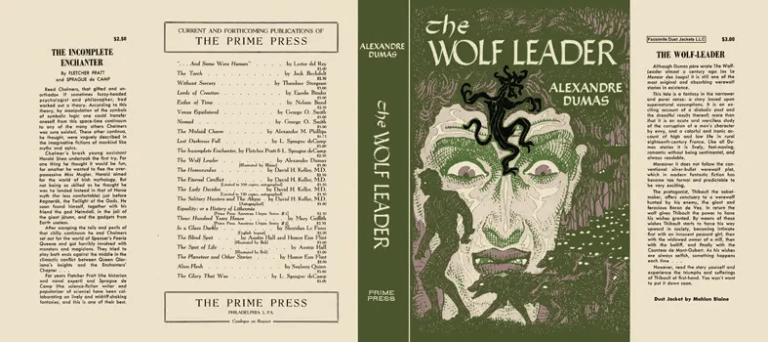I wanted to do this since last year, but I was waiting for them to do their “take one, gift one” promotion as one of my friends was interested in this as well, so on Cyber Monday I subscribed to the Masterclass platform and, of course, the first course I jumped on was Neil Gaiman’s Art of Storytelling. Of course, I wasn’t disappointed: how can you possibly be disappointed by anything done by Neil Gaiman? You only have to power through the first weird couple of minutes when they had him dramatically walk into his studio in slow motion, that is.
I’m not, of course, going to explain in detail what is being taught in the course (you go and subscribe, you cheapskate), but I’d like to share some notes with you because many of the things he said deeply resonated with how I’ve always been writing. They are all up on my Patreon.
Here I’m going to share with you a rough index of the Masterclass in question.
The course is 4 hours and 49 minutes, divided into 19 chapters:
- Introduction: in Neil’s words, the course deals with how to “find the toolshed” and see where the pitfalls of writing are;
- Truth in Fiction: the fundamental connection between fiction and truth in real-life:
- The Truth of Coraline, where Neil tells a beautiful story about courage featuring a pair of glasses and a yellow jacket’s nest;
- Be Honest, featuring the core of his advice moving on from Coraline and its truth;
- Honesty in The Ocean at the End of the Lane, defined as probably Neil’s most personal work.
- Sources of Inspiration: where to find your stories and how to deal with inspiration:
- Subvert the familiar, one of the most fun things as a writer: subverting expectations;
- Imagine stories about people around you, going back to what was said about honesty and prompting you to take it one step further than observation;
- Ideas come from confluence, wrapping everything together.
- Finding your Voice: a problem I never felt was mine and made me feel a bit like an alien:
- Start with imitation, giving exercises on how to write in the style of someone you like;
- Get the Bad Words out, one of the best pieces of advice you’ll get;
- Finish things, a challenge for all those million-projects-at-once authors out there;
- Finding the Voice of a Story, about point of views.
- Developing the Story: otherwise known as… do you have a story?
- And then what happened?, possibly one of the most moving and most touching chapters of the lesson, revolving around the care we need to put into out story and into our characters;
- Write down everything you know, about how projects and stories start;
- What is your story about?, connecting with the previous point and concerning the core of the story;
- Create conflict, on how to deal with conflict especially when you’re personally and mentally in a place where you want to avoid talking about conflict;
- What do your characters want?, on how to explore what drives the characters separately from what you need them to do.
- Story Case Study: The Graveyard Book;
- Short Fiction: writing short stories is compared to close-up magic as opposed to a grand magic show:
- Imagine your story as the last chapter of a novel: the most brilliant advice I’ve ever heard on a topic I personally struggle with;
- Only one thing has to happen, on focusing and compressing;
- Use short stories to practice your craft, on the importance of short stories as an exercise.
- Short Fiction Case Study: “March Tale”.
- Dialogue and Character, in which dialogue and characters are treated as two different things, intertwined but separate:
- Listen to your characters, in which the role of dialogue is explored;
- Trust your characters, on how characters can become part of you and separate from you at the same time;
- Find the part of you that is the character, on acknowledging where your fiction comes from;
- Do just enough research, on not being drowned in trying to get things right;
- Funny Hats, how do you help your reader to remember characters;
- Case Study: Neverwhere, where the above point is exemplified by Croup and Vandemar.
- Character Case Study: “October Tale”
- Worldbuilding on how to create compelling settings
- Descriptions
- Humor
- Genre
- Comics, where he gets into details of some of his writings for Sandman
- Dealing With Writer’s Block (one answer above all: move your ass and write)
- Editing
- Rules for Writers
- The Writer’s Responsibilities, possibly what makes it my favourite class so far.







No Comments